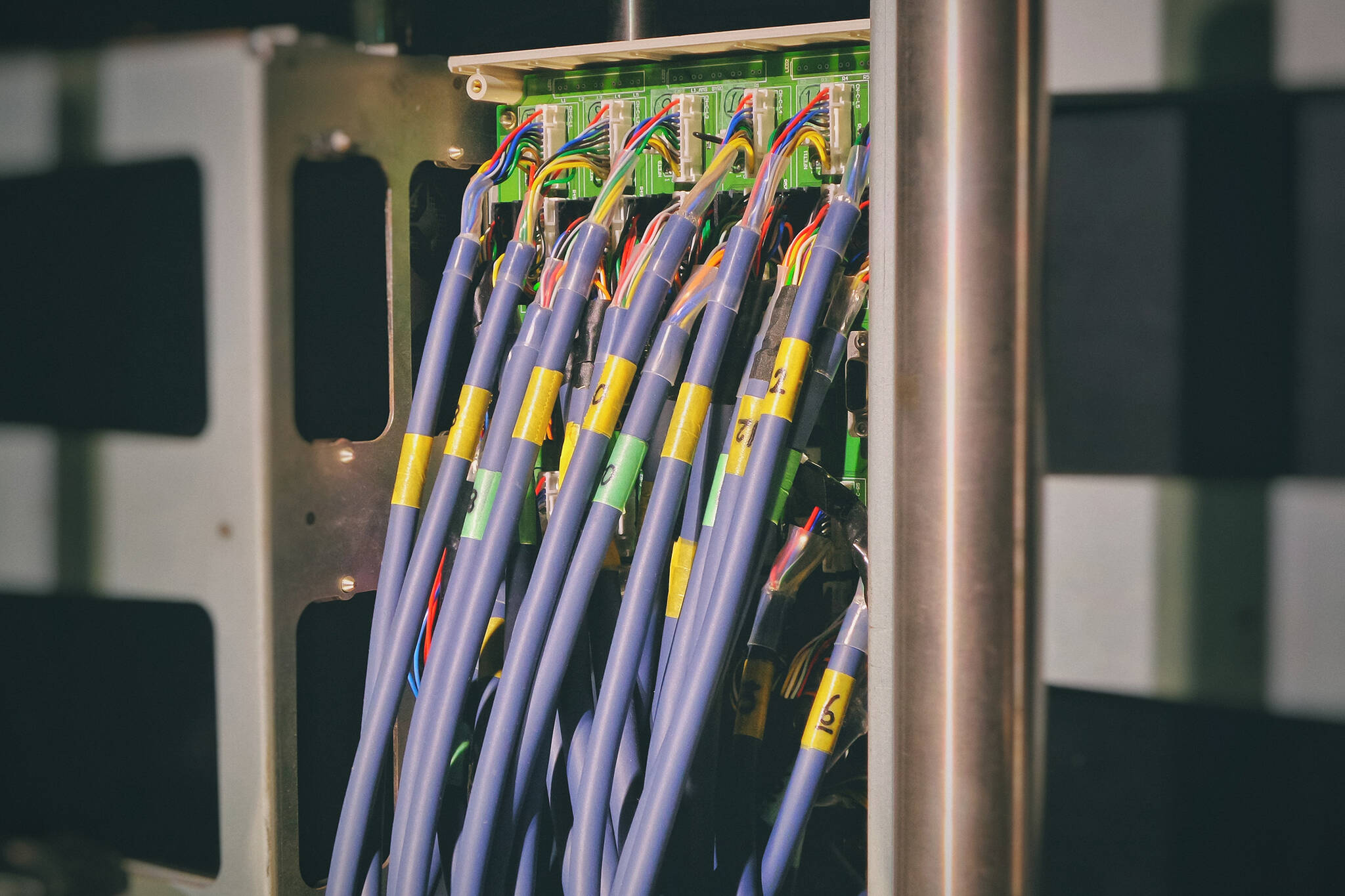By Alex Hills
Broadband is now recognized as an essential service in Alaska — it really is infrastructure. It’s taken a while for us to realize this, but now we do.
Back in the 1970s a group of dedicated professionals brought telecommunication service — radio, television and telephone — to Alaska’s villages. Soon after the end of that decade, most villages had modern telecommunication service. But that was the modern telecommunication service of the 1970s.
Then, the internet happened. I sent my first email message in 1980, and within the next decade many others were doing the same. The internet was gaining traction. Then in 1989 the World Wide Web was invented.
By the beginning of this century, urban Alaskans were comfortably using the internet, but most rural Alaskans were still using that “modern telecommunication service” of the 1970s. Many village residents had limited or no internet access. Some had dial-up modems that could be connected by a long-distance phone call to Anchorage – but not much more. It was slow, and it was expensive.
In the 2000s new internet uses were requiring faster and faster internet speeds. High-speed internet service, also known as “broadband,” evolved and soon became available in urban Alaska but not in the villages. We called this urban-rural disparity the “digital divide,” and it persists today. Many residents of Alaska villages still lack the broadband service they need. And last year COVID-19 made the digital divide painfully obvious when we heard of village kids huddled outside shuttered schools trying to pick up Wi-Fi signals to do their homework.
Now, rural broadband has been recognized as a priority and was included in the new infrastructure law supported by all three members of our congressional delegation, who crossed party lines to vote for the new measure. The new law will soon make broadband funding available. But now comes the hard part. The funding alone won’t solve the problem.
The technology environment is complex. It includes fiber-optic cable, microwave, satellite and wireless. Fiber-optic cable can provide very high-speed service, but it’s costly to install over the long distances and difficult terrain surrounding our villages. Microwave won’t support the same very high speeds, but it is less expensive and less difficult to install. New satellite technology is attractive but not yet extensively field-tested. And wireless may be a useful alternative to cable distribution within a village or community.
How will technology and other important decisions be made? Well, we’re not living in the 1970s. There are more players, and the situation is far more complex than it was then. In the 2020s, Alaskans will need to work together to make rural broadband a reality.
State government will have a big role. Gov. Dunleavy’s Task Force on Broadband recently completed a report that emphasizes the importance of broadband. But to implement the new federal broadband legislation, Alaska’s state government must stand up a new broadband office to work with the federal government and help distribute the newly available funds. Maps showing current broadband availability (or lack of it) must be created to guide new broadband infrastructure projects. Our telecommunication companies will be important because they have needed technology experience and expertise. Alaska Native corporations and tribal governments have already been given priority access to wireless spectrum and previously available funding, and they’ve been making plans to use that spectrum and funding. Municipal governments have also been given priority access to funding.
Yes, there are many more players than in the 1970s. Success will depend on each group doing its part but all groups cooperating and working together. Cooperation will be needed to decide which technologies should be used to provide the best and most efficient service in each region of the state.
Broadband funding is available. The rest is up to Alaskans.
Alex Hills described the work that he and others did in the 1970s to provide telecommunications service to rural Alaska in his book “Finding Alaska’s Villages: And Connecting Them.” Since the year 2000 he has been a broadband advocate. A 51-year Alaskan, he lives in Palmer.

